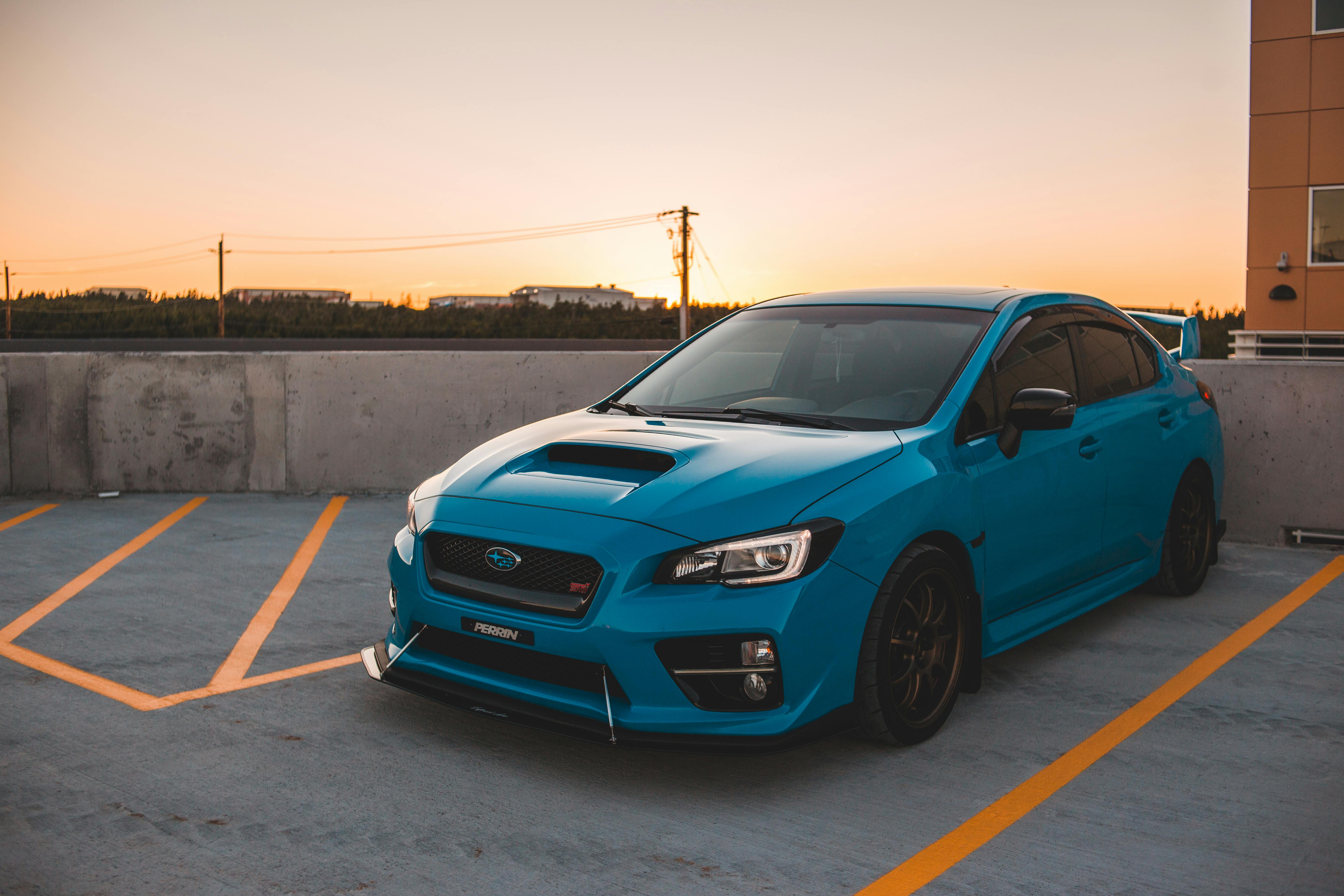
Fuel Octane Rating: Premium or Regular?
Surely at least a few times you have asked yourself when refueling if it is worth spending more on premium fuel. Most drivers choose to ignore the premium and use the cheaper regular unleaded gasoline. But have you ever wondered what exactly is the difference between the different octane?
Most gas stations in the US offer three different octane levels:
-
87 – Normal
-
89 – Medium Grade
-
91 to 93 – Premium
An octane rating, according to Exxon Mobile, measures the fuel’s ability to resist engine knock or ping. The higher the octane, the more resistance the fuel has to pinging during combustion. Certain gas stations may offer up to five different octane ratings. Other places may call their middle grade “plus” or “special” and their premium “super.” If the description confuses you, just look at the octane level.
The benefits of regular unleaded gasoline
The biggest single benefit of using regular unleaded gasoline is cost savings. Regular gasoline generally costs about 30 cents less per gallon than premium. Throughout the year, depending on how often you refuel, you can generate significant savings.
When it comes to the efficiency of regular gasoline, the Federal Trade Commission says there are no advantages to using premium gasoline in cars that don’t require it. The FTC states that using a higher octane rating in cars that do not require it will not lead to better gas mileage or a cleaner or faster running car.
You can find the recommended or required gasoline for your purchased or leased car in your owner’s manual. In most newer cars today, engine control systems can compensate for low octane by monitoring knock activity and adjusting the ignition timing to prevent knocking. Basically, today’s sophisticated cars can effectively tune their engines on the fly.
When to consider mid-grade gas
The medium grade falls somewhere between regular and premium. There are very few cars that require or recommend mid-grade gasoline. People whose cars require premium sometimes use mid-grade gasoline to save money, but still use gasoline with a higher octane rating than normal.
Premium Gas – Is it worth the cost?
Different states have different regulations regarding what premium represents, usually starting at 91 and going up to 93. The only cars that require premium gasoline are cars with high compression or turbocharged engines, to prevent the engine from knocking. If your car does not require the use of premium or has a low compression engine then there is no benefit to using premium.
Higher compression engines require a higher octane rating so the fuel doesn’t pre-ignite in the combustion process and damage the engine. Octane slows and controls fuel detonation during fuel compression and detonation.



